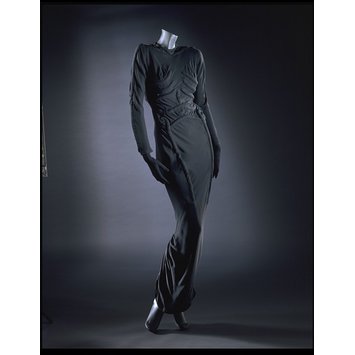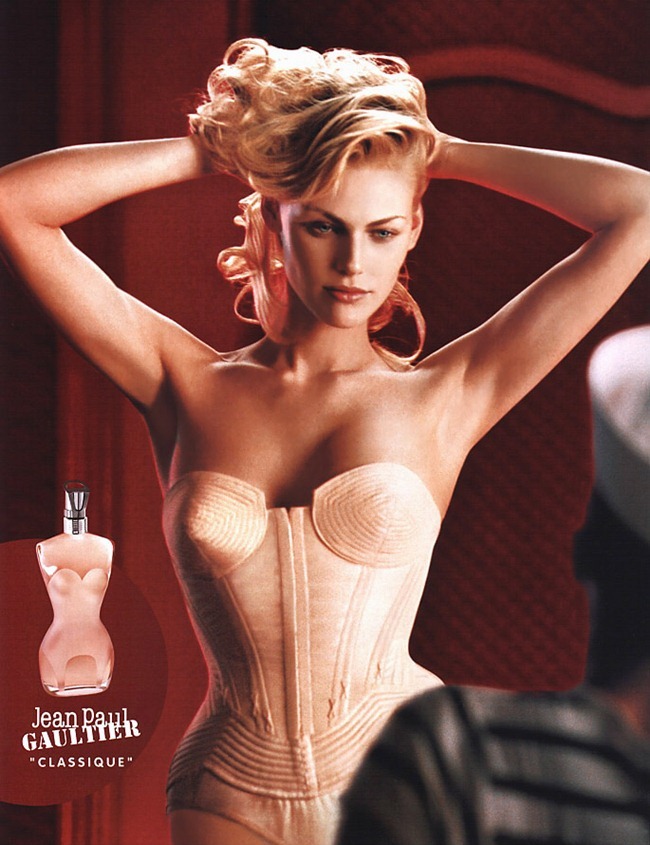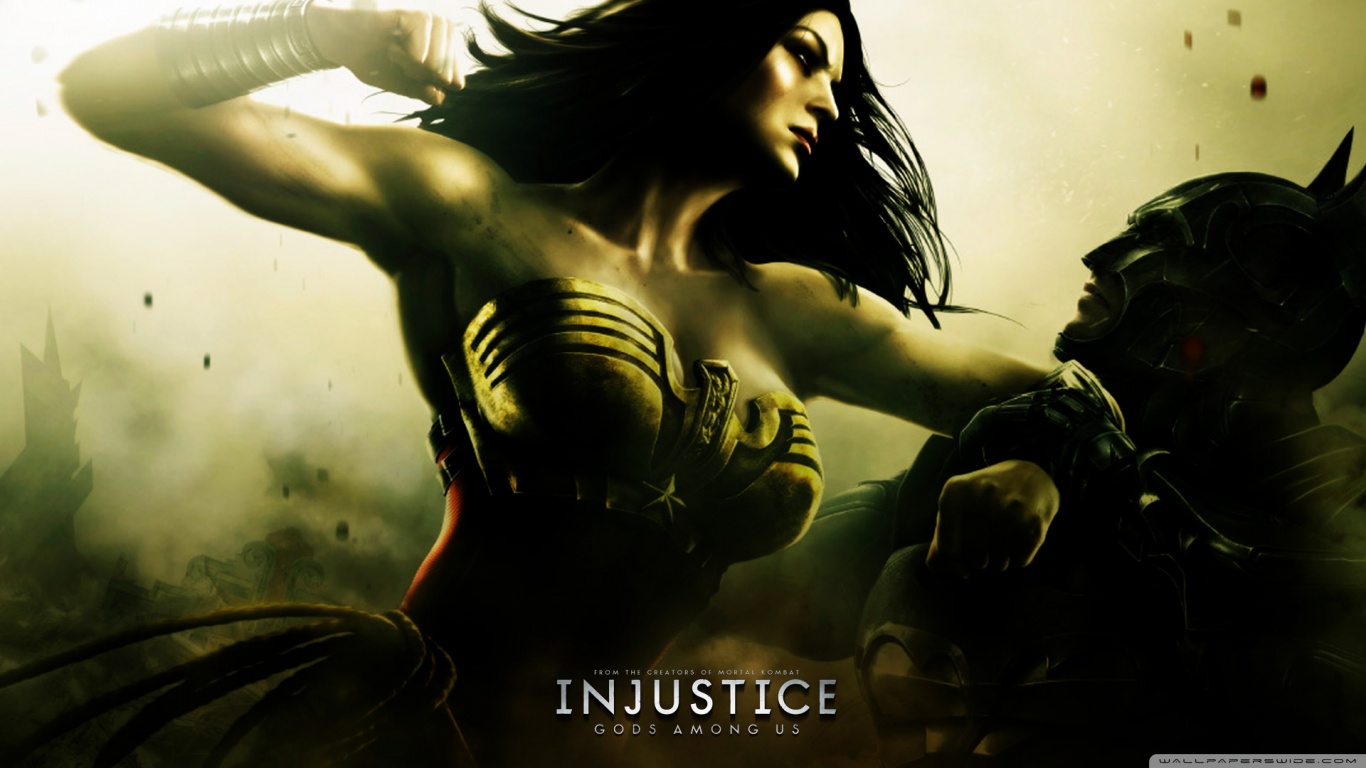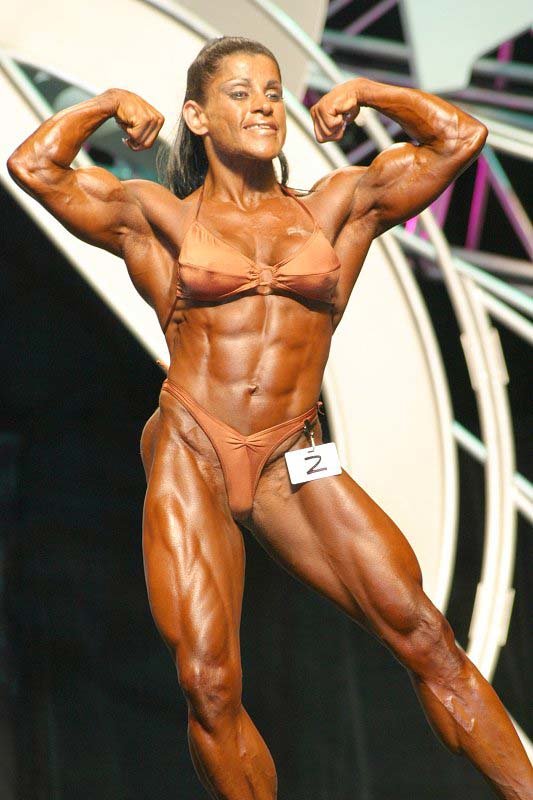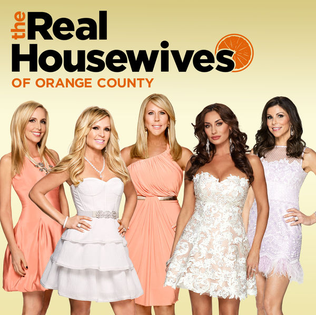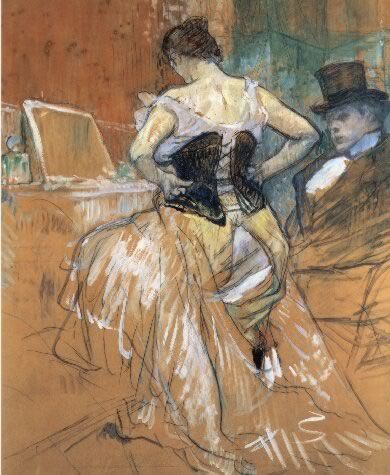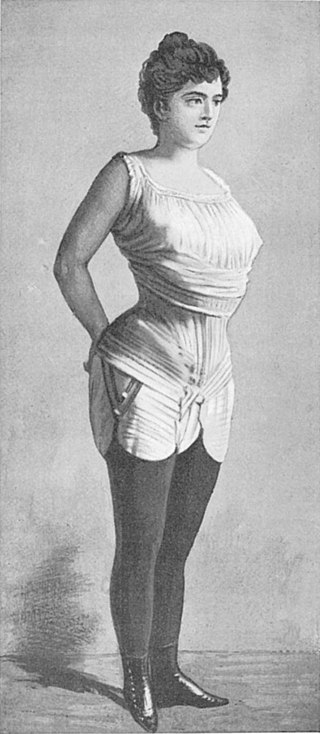Pole Dancers
https://www.youtube.com/watch?v=fUTYVN-_FCA
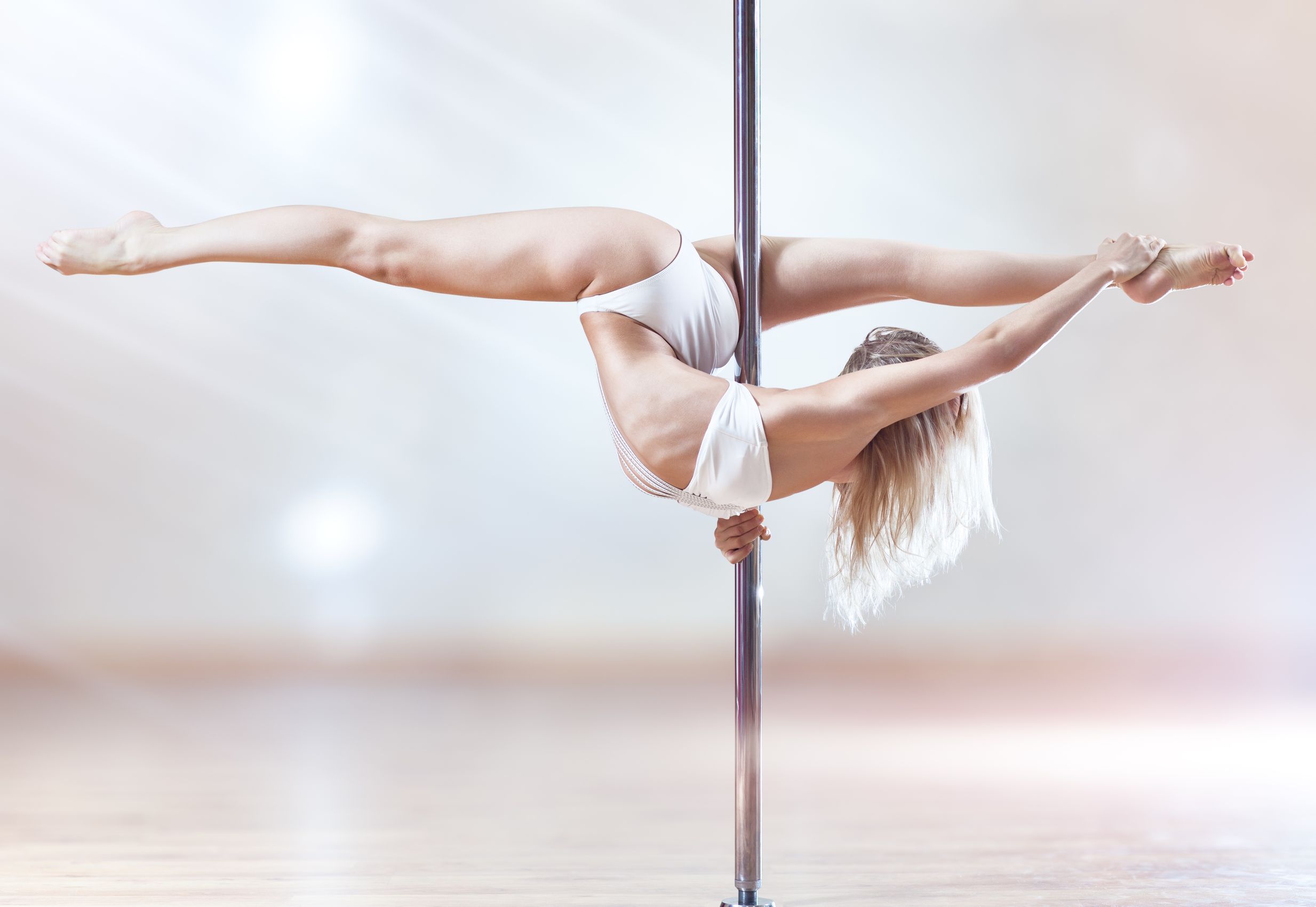
"Pole
Dancing as Performance Art".
When anyone mentions "Pole Dancers", we immediately
think of darkly lit clubs in London's "So Ho".
These women took
the place of lap dancers and podium dancers of the 1960's. It is fair to say
that most of these girls were making a living from the only options that were
available to them.
Of course there
were some that worked in this arena because they chose to, and a lot of women
today do the same but the difference is that they do have a choice.
Sometimes
it is still seen as an easy way to earn money. But in the 2000's this has moved
to a stage of a different kind they are now also seen as performers, alongside
female bodybuilders in competitions.
By the 1970's the women's feminist movement of the
previous decade had taken hold and into the 1980's we were openly educating young women that they were being exploited by men and the media.
The Samantha Fox "Page
Three" models were in decline and women were stepping out of this market
place.
In Natasha Walters book "Living Dolls", she investigates
this controversy.
In a paragraph from her book she questions this movement:
"This association of femininity and sexiness starts
early: while hardly new for women to be sexy. it's new that even childhood
playthings should look sexy. Although feminists in the 1970's deplored Barbie's
tiny waist, large breasts and perfect features, she could be marketed as a pilot,
doctor, or an astronaut, with accessories to match her roles.
Bratz dolls, who recently toppled Barbie from her throne
as the best selling fashion doll, were created with a wardrobe for clubbing and
shopping, dressed in fishnet and feathers, crop tops and mini skirts, with
heavily painted faces that look as if they have been created by Jordan's
make-up artist."
Gone are the educated guides of feminist mothers from the
earlier decade of encouraging their daughters that they can be and achieve the
same aspirations as boys and become architects, financiers and politicians.
Jordan actually became the new role model for girls young women
She then goes onto talk about the fascination with the upward trend towards pole dancing.
"Similarly, the fashion for pole dancing classes is talked about as if it were liberating women. The website for Pole Hen Weekends states that, 'Pole dancing classes are all about freeing yourself from the restrictions imposed on you in your everyday life and empowering yourself. Even occupations such as lap dancing and prostitution are often surrounded by this quasi-feminist rhetoric."
This fashion for pole dancing is talked about as if this
is part of the liberation of women, this is empowering them to take control of
their own identity. They are certainly in the realms of athletes in their skill
and strength. And realistically you couldn't perform on a steel pole in a jogging suit. But
there are obvious visuals that are read by the males brain that are going to
attract ideas of sexuality aimed at them?
Natasha Walter quotes in her book that in an interview
with an ex-editor of a "Lads" magazine he said to her, "it's the
women who are driving this change."
I would like to ask people from a mixed background and
gender What their comments and views are? I have tried not to give my definite
stand point so as not to influence the debate. Just some areas of discussion.
How do you describe your Gender?
What is the main attribute that gives you that gender
role?
Do you feel totally comfortable with your gender role?
How do you see the sexualisation of Women by men?
How do you see the sexualisation of men by women?
1) Do you feel comfortable in a situation with a woman that
is wearing nothing but a thong and bra? YES/NO
2) Do you feel comfortable in a situation with a man that is
wearing nothing but a thong? YES/NO
Did your parents influence your childhood by:
3) The way you were dressed? YES/NO
4)The colours that dominated your clothes room? YES/NO
5) The toys you played with? YES/NO
6) And later by their expectations of your place in society-
work? YES/NO
Please add any comments that you would like to make about
the subject that you feel relevant.
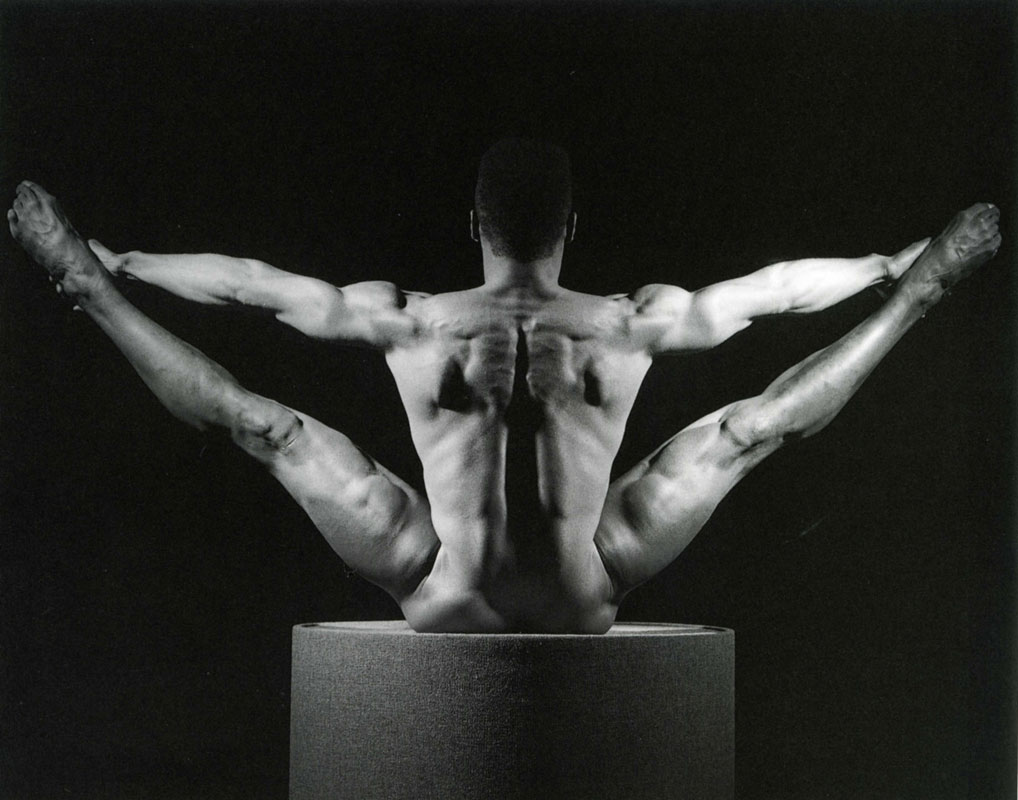
Photographer Robert Maplethorpe.
She then goes onto talk about the fascination with the upward trend towards pole dancing.

Photographer Robert Maplethorpe.






















